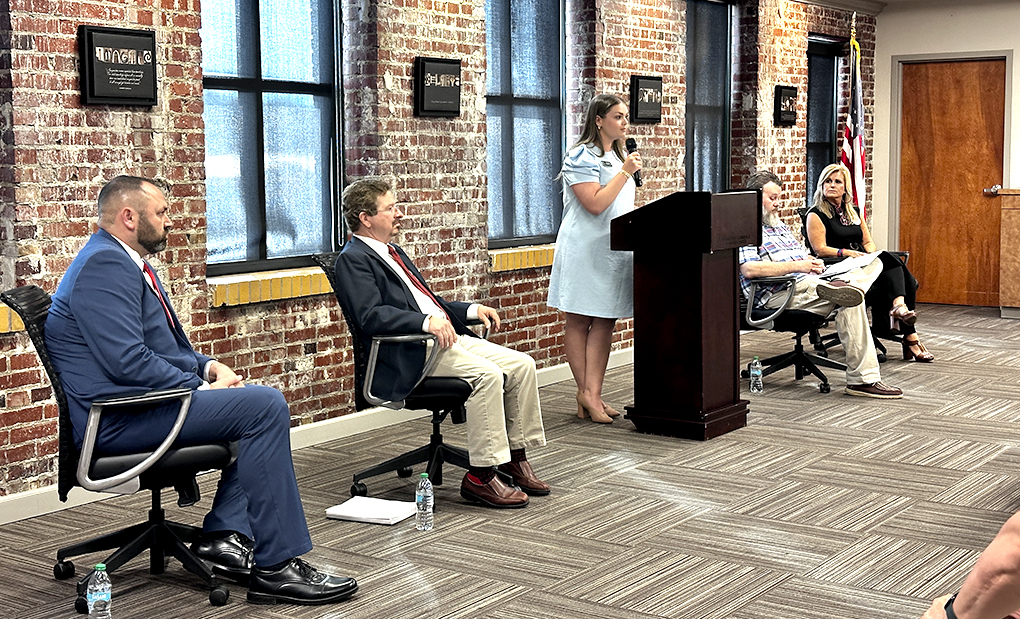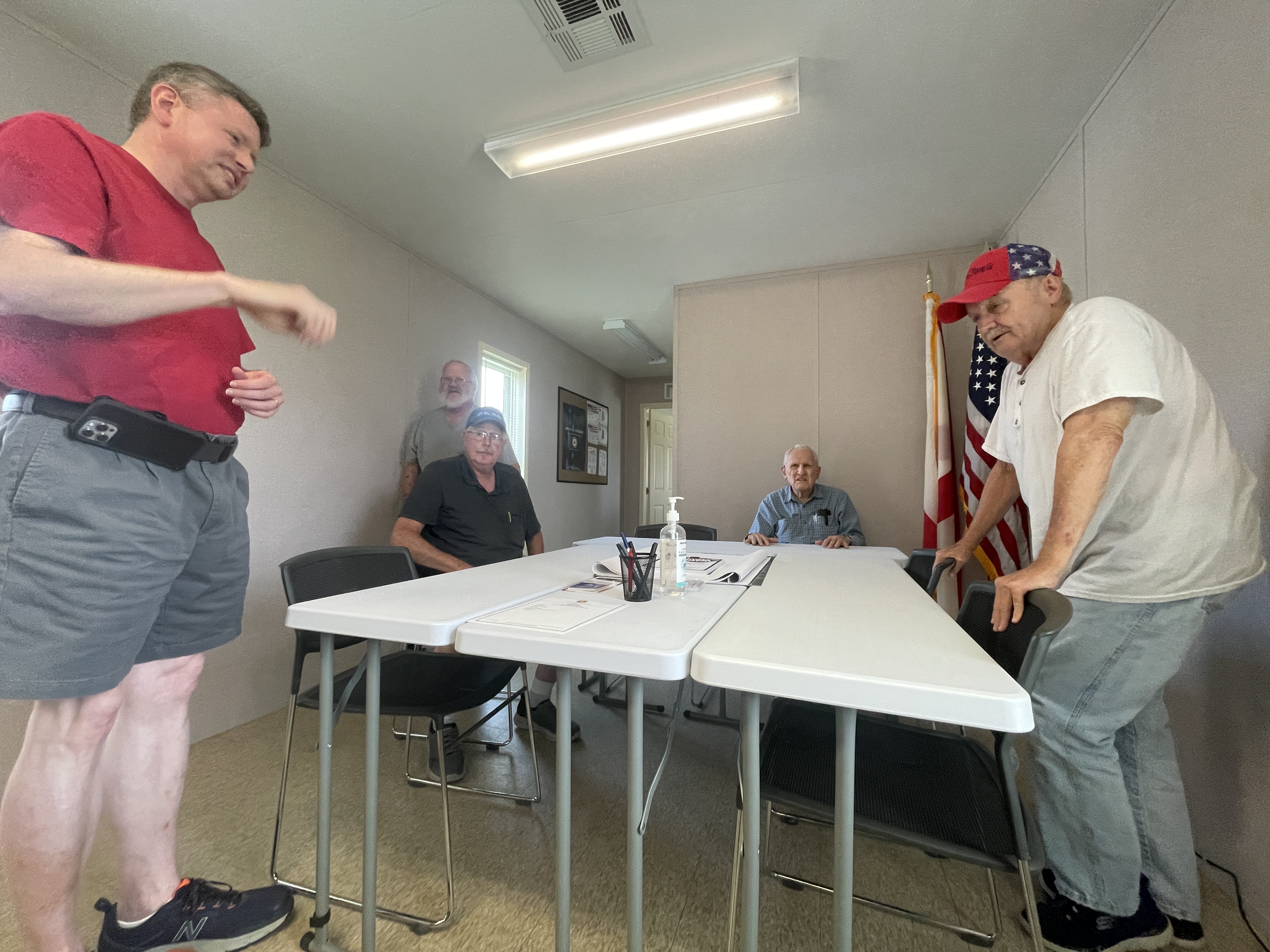Libraries taking larger role look for more state money
Published 6:15 pm Thursday, December 15, 2016

- MorgueFile
ALBANY — A public library less than a mile from the state Capitol hosts classes in the martial art of Brazilian jiujitsu.
Three hundred miles to the west, at the Wilson Community Library in Niagara County, patrons can borrow fishing rods as readily as checking out books.
Public libraries everywhere are evolving into community centers offering an array of services, amenities and classes. Patrons can connect to the internet, borrow passes to museums and take lessons in yoga, cooking and knitting.
But more than 700 public New York libraries that are trying to stay relevant are hitting financial barriers in trying to maintain old buildings or meet demands for technology, according to the association that represents them.
More than half of the 1,100 library buildings in the state are more than 60 years old. One in five are not fully accessible to people in wheelchairs, according to the state Education Department.
Many lack enough space for their collections and have not upgraded their systems to allow public access to computers and broadband networks, Deputy Education Commissioner Beth Berlin told members of the Assembly Committee on Libraries this week.
“Funding needs nearly always run ahead of available resources, and this year is no different,” she said.
The state Board of Regents is recommending that $2.5 million be set aside from the coming year’s state library aid allotment to develop a statewide e-book platform.
But Mike Neppl, director of government relations for the New York Library Association, called that sum “embarrassingly inadequate” to meet the demands of 19 million New Yorkers.
“Persistent underfunding has devastated system services,” he said.
Current state operating aid to libraries stands at $95.6 million, a sum the Regents are asking to increase by $7 million in next year’s budget. The Regents also want to sweeten the current $19 million fund for construction projects by $5 million.
Demand for innovation is pressing small libraries as much as large ones. For example, Marge Clark, director of Wilson Community Library, cited growing requests for a service called Hoopla, which allows users to access audio books, streamed television programs and other digital content.
“All the libraries, large and small, are working very hard with limited resources,” she said.
One way to remedy libraries’ funding shortage would be to draw $100 million for capital projects from the the state’s $8 billion economic development pool, said Assemblyman Thomas Abinanti, D-Tarrytown, the influential chairman of the Assembly Committee on Libraries.
“We should be helping our libraries move into the 21st century,” he said. “In many communities, they offer the only indoor space where people can congregate.”
Rejuvenating old library buildings, he added, will also spark local economic activity by giving work to electricians, carpenters and plumbers.
Rebekka Smith Aldrich, coordinator for sustainability for the Mid-Hudson Library System, said libraries are not only innovation centers but stalwarts in fostering “healthy democracy” and providing checks against “fake news.”
One Dutchess County library, she noted, has spawned a “Project Do Something” for local teens, with participants making blankets for the homeless and facilitating adoptions of dogs and cats for children in domestic violence shelters.
An Ulster County library, Aldrich said, has hosted conversations about rising addictions to heroin and other opiates. Another coordinates “Coffee with a Cop,” giving citizens a chance to chat with those who enforce the laws.
Many libraries, she added, now serve as meeting points for consumers and local produce growers.
In a survey this year, she said, many library users estimated saving $2,000 to $4,000 a year as a result of access to library resources and services.
“This ability to leverage tax dollars to the maximum benefit is the very essence of our hopes for how tax dollars will be spent,” she said.
But Neppl said state funding for libraries hasn’t matched increases in school spending, and a state solution is crucial because communities are financially strapped.
“Municipal funding for libraries is quickly evaporating,” he said, citing the tax cap as a factor.
Abinanti said he will be advocating for libraries as budget discussions begin in January.
Joe Mahoney covers the New York Statehouse for CNHI’s newspapers and websites. Reach him at jmahoney@cnhi.com
###





